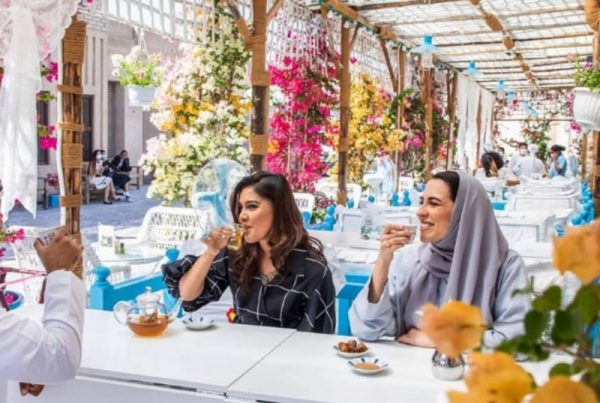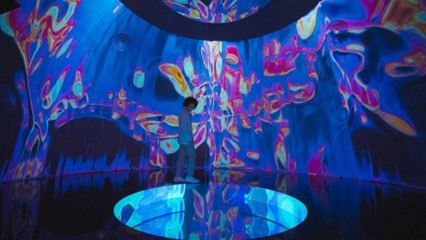 These were stories waiting to be told, unique stories rarely told on television before.
These were stories waiting to be told, unique stories rarely told on television before.
Nauroz traces the life of a young girl, raised in isolation and oblivious to the world outside, who moves to the city in search of safety. Rashtina’s is the story of survival, an adventure that begins in a faraway forest and navigates through the perils of a seemingly civilized, urban life. Fari, one of two sisters and daughter of parents who are struggling in limited means, may seem like your typical marriage mayhem but seeing Fari on the field will have you believe otherwise. 22 Qadam is a young woman’s passion for cricket and her ultimate dream to represent Pakistan on national level. Then there’s Salma and her romantic affair with art and poetry in Tumharay Husn Kay Naam, or Jindo’s raging battle, warding off evils of the rural feudal system. Kabli Pulao’sBarbeena is an exceptionally unique character, a widow who opts for the security that comes with being Haji Mushtaq’s wife, when she crosses the Afghan border.
These were women waiting to be profiled, women we rarely saw on screen.
These are just some of the countless female characters that were introduced to us with the launch of Green Entertainment. A channel that we had almost written off as a myth, eventually came in with the confidence that television’s culture was about to change forever. And it has.
Green came in with a smorgasbord of interesting dramas, each story different but each story connected with the single purpose of offering well-written, well-developed and uplifting content. There may be tragedy in Salma and Sikander’s romance, but there’s no tragedy in her resolve and emancipation. She has dreams and ambitions; she sings and reads poetry, paints and sees life as a tale she wants to immortalize on canvas.

Salma, played to perfection by Saba Qamar in Tumharay Husn Kay Naam, is both artist and muse.
Kabli Pulao’s Barbeena, performed brilliantly by Sabeena Farooq, is an enigma. Her deep green eyes take one into the depths of sorrow and tragedy, but she is unfazed by life as she commits to a man “two years older” than her father. She trusts him blindly to protect her from the hungry eyes of all men who come in her way and prey on her. To see Sabeena Farooq cast in this role is one of Kabli Pulao’s biggest victory; where one would expect to see a ‘star cast,’ director Kashif Nisar commits to the higher ground of accurate casting over star casting. Ultimately, credit goes to the producers for having faith in this unorthodox story that one is delighted to see trending week after week.

Kabli Pulao’s Barbeena (Sabeena Farooq) is a survivor, not a damsel in distress.
Another Green drama serial that trends every week is Nauroz, and for good reason. Mawra Hocane steps into Rashtina’s shoes with pure brilliance. From Rashtina’s naivete to her resilience, from the complexities of life balanced with the simplicity of her personality, she is bewitching. Left without a soul to rely on, she navigates through life with the lessons her Agha Jan left her with, determined to find her way back.

Delivering an award winning performance, Mawra Hocane brings Rashtina to life in Nauroz.
Rabia Butt as Jeevan Nagar’s Munni is just as attractive, a woman who ends an abusive marriage to pursue an independent life. Standing on her own two feet, she moves to Jeevan Nagar as a fitness coach, attracting all wanted and unwanted attention, from the young gully boys to Jeevan Nagar’s endearing ‘don’ , Babber Shah.

Beauty & Brains: Rabia Butt’s Munni in Jeevan Nagar is a character we desperately needed.
One could go on. Humaima Malick delivers Jindo to perfection. Hajra Yamin lands on her feet as the lead in Shanas. College Gate offers its own troupe of young, independent women and even as a girl in search of life’s true meaning, Rameen (Mansha Pasha) in Idiot is on track and far from helpless.
So far, amongst all dramas one has seen on Green Entertainment, one hasn’t seen a single scheming saas, a female plotting her sister’s downfall, a leading lady limited to making copious cups of chai, or a damsel in such dark degrees of success that there appears no hope for her. What we do see are everyday stories of strong women, women who are extraordinary and women who inspire. It’s exactly what and how we needed to see the average Pakistani woman.
Amongst them all, which one is your favourite?





